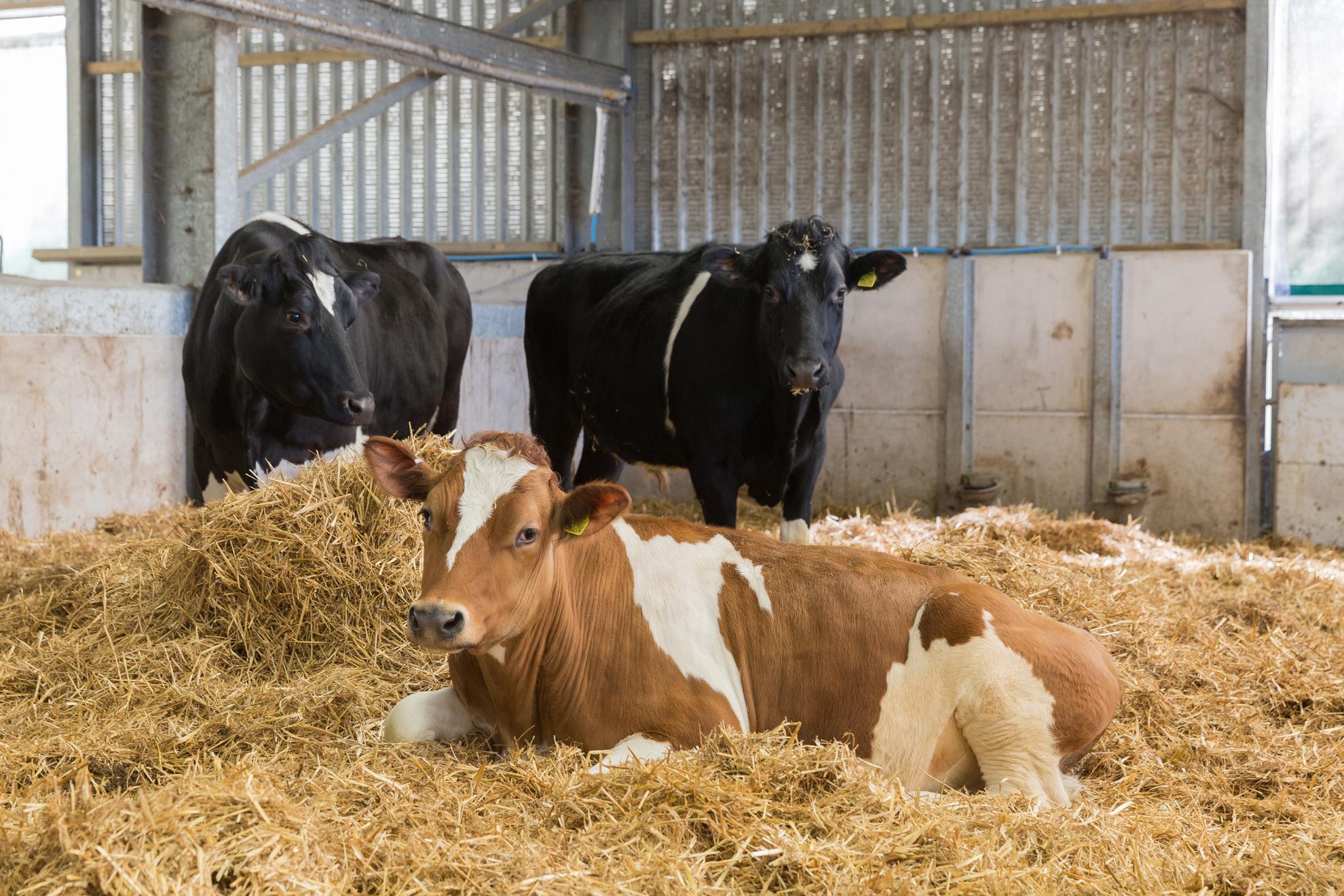Bluetongue virus type 8 was successfully identified in two imported cattle recently by the National Reference Laboratory for Bluetongue virus, part of the Non-Vesicular Disease Reference Laboratory Group’s diagnostic facilities here at Pirbright, and the Animal and Plant Health Agency (APHA). The Non-Vesicular Disease Reference Laboratory provides an essential diagnostic and advice service to the UK Government (Defra), United Nations Food and Agriculture Organisation (FAO), European Union (EU) and the World Organisation for Animal Health (OIE).
The two cattle, which were brought to a farm in North Yorkshire in England from an assembly centre in central France, were isolated and have been humanely culled. The UK’s Deputy Chief Veterinary Officer, Graeme Cooke, has urged farmers to remain vigilant and action is being taken to ensure the risk of spread of the disease is reduced.
Bluetongue is a viral disease caused by the bluetongue virus (BTV), which is spread by Culicoides biting midges. It affects domestic animals such as cows, sheep, goats, and camelids such as llamas, along with wild animals like deer, antelope and buffaloes. Infection can reduce milk yield and cause infertility, though disease severity can vary across different animal species, with sheep being the most severely affected. Bluetongue can cause swelling of the face which results in a blue tongue, although this clinical sign is not always present. Bluetongue does not affect people or food safety.
Bluetongue was first reported in northern Europe in 2006, and the Non-Vesicular Disease Reference Laboratory Group was instrumental in diagnosing that incursion. It continues to circulate in France, with two strains being prevalent; BTV-4 and BTV-8.
There is a routine post-import testing regime in place, and active surveillance carried out on live animal consignments moving from neighbouring countries where BTV is circulating is vital. In the UK this is carried out by the National Reference Laboratory for BTV based at Pirbright, which was also instrumental in the detection of BTV in imported cattle during a similar incident last year. “The rapid and robust diagnostic assays we have in place at Pirbright enabled us to identify the virus as BTV-8 within 5 hours” said Dr Carrie Batten, Head of the Non-Vesicular Disease Reference Laboratory.
The reference laboratories based at Pirbright provide part of a ‘National Capability’ that includes unique scientific expertise, skills and resources, such as state of the art facilities, not replicated elsewhere in the UK.
In addition to diagnostic facilities, scientists at the Institute are using computer modelling to investigate patterns of midge activity and weather characteristics that enable the spread of BTV. Insights from this research at Pirbright on the diagnosis, transmission and spread of BTV are vital when working with partners at the APHA, Scottish Government and Defra to safeguard the UK’s livestock. “Providing high quality science to underpin Defra’s decision making during viral outbreaks is a key component of Pirbright’s role as a National Capability”, said Dr Simon Carpenter, Head of National Capability and Group Leader in Entomology.
While the two infected cattle in this latest incident were successfully intercepted by robust disease surveillance procedures, Defra says the incident highlights to farmers the risks which come with bringing animals from disease-affected areas into their herds. If farmers have any reasons to suspect that livestock are infected they should report this to Defra. Guidance on how to spot bluetongue, report suspect cases to Defra and measures to prevent its spread can be found on Defra’s website.
More information on the detection of bluetongue in two imported cattle is available from Defra.
